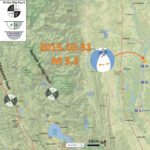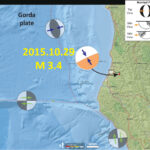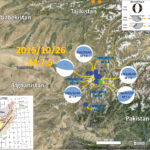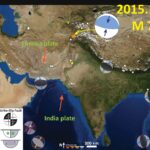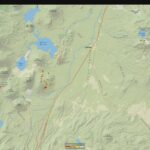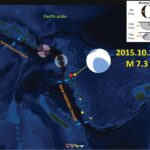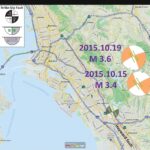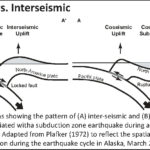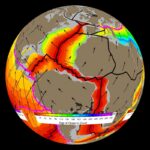I hope not too many bottles of Sierra Nevada broke from this small earthquake. Based on the “Did You Feel It?” reports, I suspect that this did not happen. Here is the USGS website for this M = 3.5 earthquake.…
Earthquake in Bayside (northern California)!
We just had a small earthquake in northern California. Here is the USGS website for the M = 3.4 earthquake. If you felt it, please go to the USGS “Did You Feel It?” website to fill out a report! This…
Afghanistan Earthquake: Update #1
There have been several data updates following the earthquake yesterday. I presented my first summary about this M = 7.5 earthquake here. There are a number of sources of information regarding the casualties from this devastating earthquake posted on this…
Earthquake in Afghanistan!
There was a large magnitude earthquake in Afghanistan today (M = 7.5). There have been reported thousands of deaths so far. Here the USGS websites for the largest earthquakes so far: 2015/10/26 M 7.5 2015/10/26 M 4.8 2015/10/26 M 4.4…
Earthquake mini-swarm near La Pine, OR!
Over the past day or so, there has been a swarm of seismicity in the La Pine area. La Pine is on the east side of the Cascade mountain range, a magmatic arc related to the Cascadia subduction zone. As…
Earthquake in Vanuatu! (western Pacific)
We just had an earthquake in the Vanuatu region, along the New Hebrides subduction zone. This earthquake is at great depth and will most likely not produce a tsunami. The USGS magnitude is currently set at M = 7.3. UPDATE:…
San Francisco Bay: San Ramon Earthquake Swarm!
Those of you in the region of the San Francisco Bay are probably wondering what the likelihood that this recent and ongoing swarm of earthquakes in the San Ramon area may lead to a larger earthquake. I do not know,…
10/23/2015 Inaugural Cascadia GeoSciences Present
You’re invited to come network with old friends and colleagues, meet new ones, enjoy a locally-made beverage, maybe learn something and share your local knowledge with others. Cascadia GeoSciences presents: A Research Presentation by Todd B. Williams and Dr. Jason…
Cascadia subduction zone: Tectonic Earthquakes of the Pacific Northwest
IRIS and the US Geological Survey have recently produced an educational video about tectonic earthquakes in the region of the US Pacific Northwest. The project was funded by the National Science Foundation. The Video YT link for the embedded video…
Plate Tectonics: 200 Ma
Gibbons and others (2015) have put together a suite of geologic data (e.g. ages of geologic units, fossils), plate motion data (geometry of plates and ocean ridge spreading rates), and plate tectonic data (initiation and cessation of subduction or collision,…

